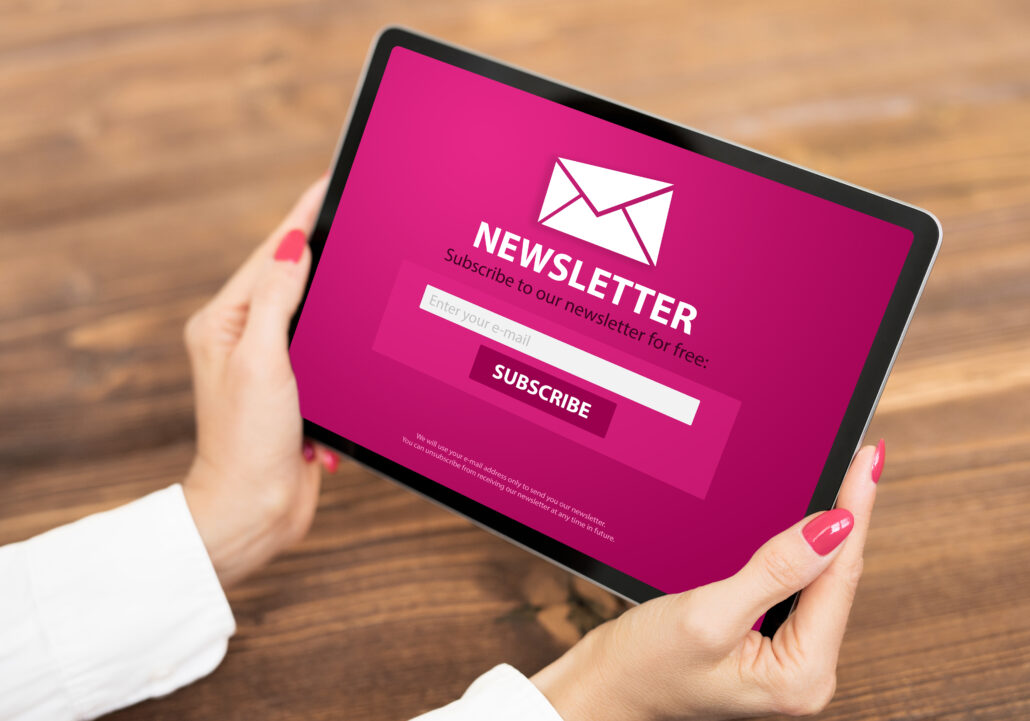Top tips for website design
If you’re looking to upgrade your website, or create a new one from scratch – we’ve put together some top tips to make your website stand out and grab people’s attention – for all the right reasons!
But don’t stress, if you want support creating web content, our talented graphic designers and copywriters are always here to help.
Easy to navigate
There’s nothing more frustrating for users, than spending loads of time trawling through websites to find the information they need.
For a positive user experience, each page of your website should have a clear purpose. Limiting the main menu items can also make it easier for users to find what they need.
Mobile friendly
Making sure your website looks good and functions properly on mobiles is a must. So busy people can access your website anytime and anywhere.

Fast loading speed
Simple things like compressing images, will help your website to load quickly. Optimising your website with efficient coding and browser caching will create a user-friendly experience.
Readable fonts
Don’t make life hard for people clicking onto your website. Use an easy to read font and keep a contrast between text and background to make your text clear and stand out.
Less can often be more. A clean and uncluttered design can help make your website more readable.
Consistent branding
Choose a colour scheme that is visually appealing and matches your brand. Keep this consistent throughout your website, to make your brand instantly recognisable.

SEO-friendly design
Make sure your website is designed with SEO (Search Engine Optimisation) in mind, so it ranks highly in people’s web searches. This includes optimising meta tags, creating XML sitemaps, using semantic HTML and ensuring content is crawlable.
Avoid autoplay
Whether it’s video or audio, avoid auto playing any media when a user lands on your page.
Instead of engaging people with your page, it can actually have the opposite effect and make people want to get off your web page as quickly as possible. Something you definitely want to avoid!
Clear call-to-action (CTA)
When someone new lands on your website, don’t lose them. Steer users to engage with your website by using clear Call-to-action (CTA) buttons, such as ‘Contact Us’, ‘Shop Now’, or ‘Learn More’.

Woman holding tablet with newsletter signup page on screen
Footer content
Don’t forget to put the space at the bottom of your website to good use. The footer is a great place to include important links, copyright information and contact information.
Added security
Make sure your website is secure. The best way to secure your website from threats is to regularly update all your software and make sure you have the relevant SSL (Secure Sockets Layer) certificates to protect sensitive data like personal information, credit card numbers or log in details.
Get feedback
Before you launch, or relaunch, your website, it’s a good idea to get feedback from different users. They might spot issues you haven’t noticed, acting on their feedback will help to make your website launch a success.

Keep up-to-date
Web design trends change. Stay updated with the latest design trends so your website remains current and somewhere people are happy to visit.
For a free virtual marketing ideas session with our marketing experts, call us on 01962 600 147 or email info@tlc-business.co.uk





















